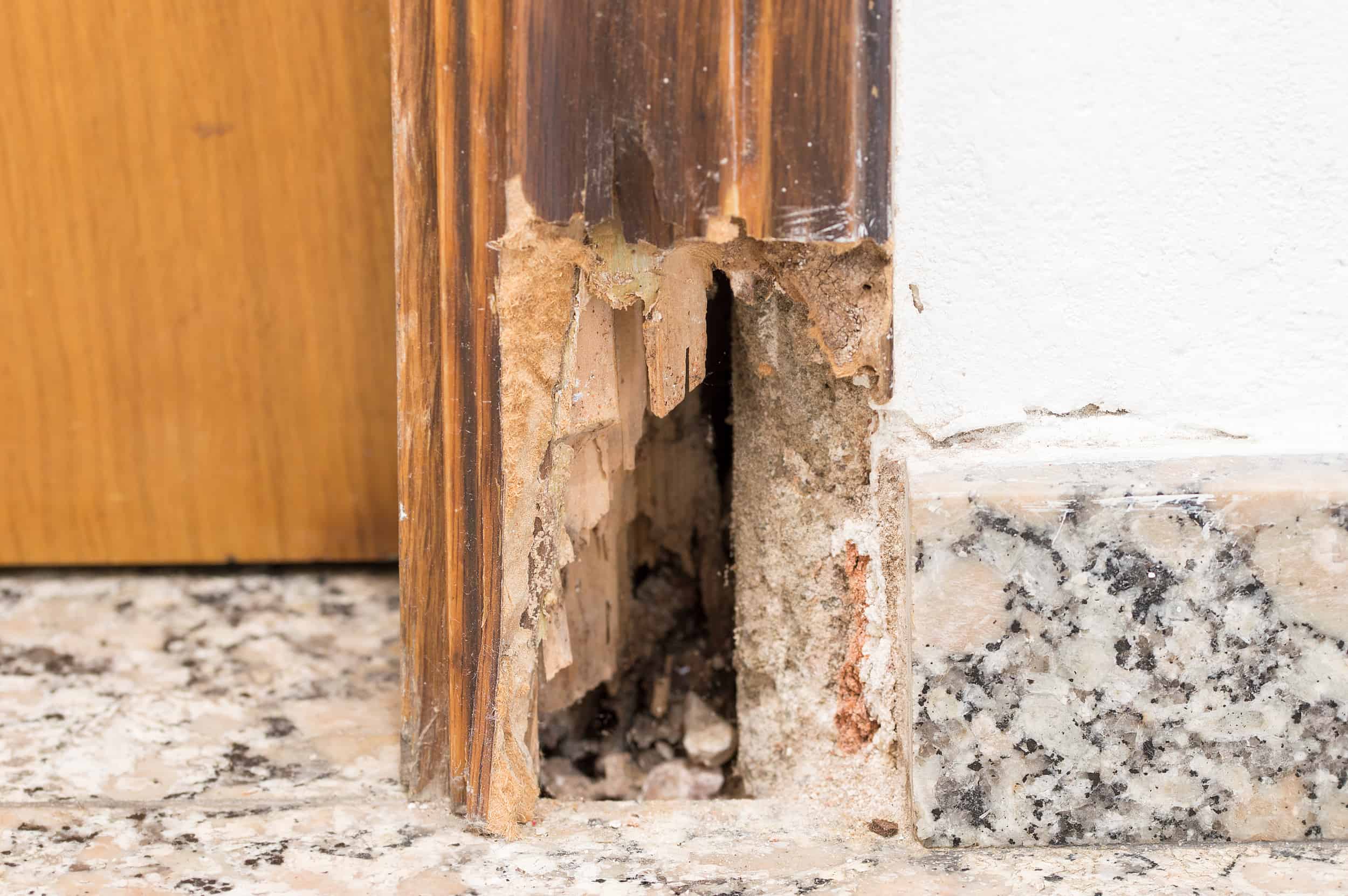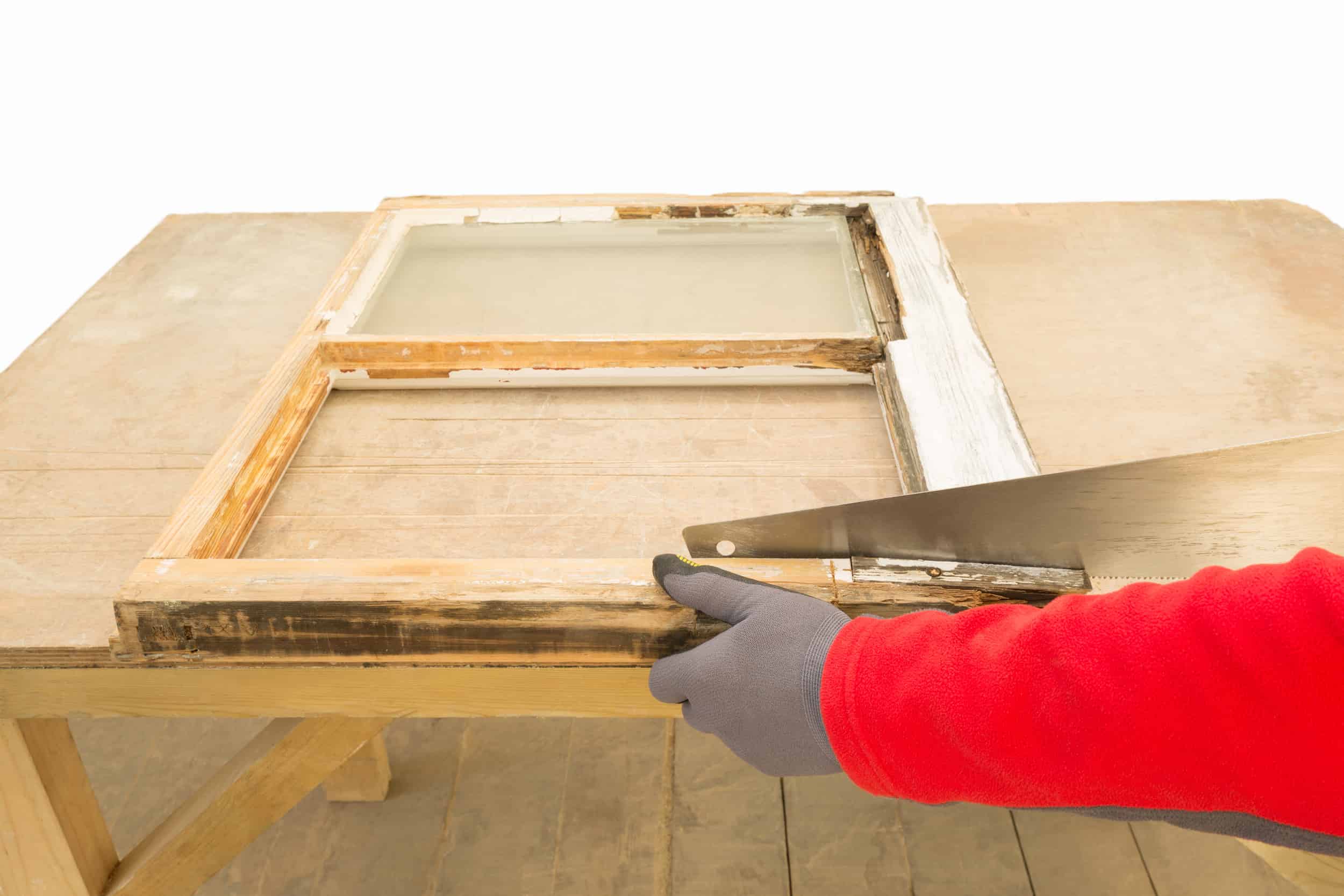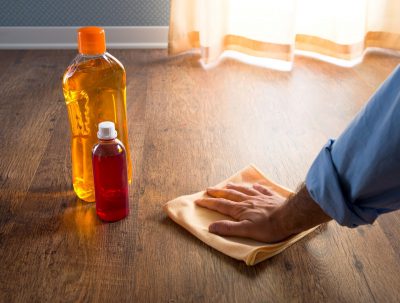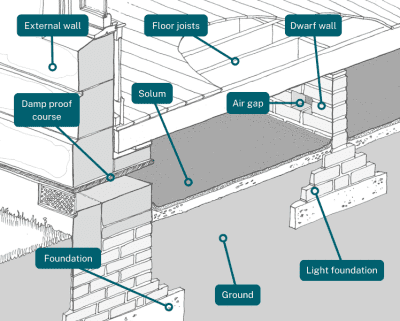Homes made of wood or partial wood require more care because of the nature of the material. Natural or lacquered wood decomposes at a rate depending on environmental conditions. The damper it is, the faster it rots.
Quick intervention is a must, especially if you’re starting to see signs of dry rot issues. Once Serpula lacrymans fungal spores land and germinate onto wood with 20% moisture (wet rot occurs at 50%), the decaying progresses overtime. The wood starts to become brittle, cracks develop, and the colour darkens. It could lead to structural damages that can endanger the safety of your household and affect the real estate value of your home.
Causes of dry rot spread
Identifying the common causes of wood rot will help you prepare a plan of attack and place preventative measures against dry rot. Wood tends to rot because of the following:
- Excess humidity at the surrounding areas of the wood
- Excess moisture content in the wood to begin with because it wasn’t properly kiln-dried
- The wood is at a location where there is contact with water, such as flooding
- Leaky pipes and gutters with rainwater dripping in areas where it can reach the wood
The fungi that cause dry rot survives on oxygen and warm temperatures between 72° and 76° Fahrenheit. They can grow up to 10 feet in a year, and they look like flat mushrooms in grey, orange, purple, and yellow. They eat cellulose and hemicellulose – components that make up the strength of the wood. Without these, beams wear and fester.
Keeping dry rot away
Both treatment and prevention require the rotten section to be removed, with a further 500mm of wood from where the infection stopped. Use a stiff brush to clean the walls where the fruiting bodies are visible.
Here are a few ways to treat dry rot and to help keep it away from your home. Keep in mind to do seasonal checking to spot problems before they get worse.
- Treatment
You can choose to apply the following chemical treatments to the wood to help get rid of the fungal spread:
- Copper Compound – Remove the rotting wood to help stop the spread. Use the copper compound on the existing wood. Add the new wood to the area where the rotting wood was before.
- Epoxy – This treatment has a double purpose as it can kill the fungi that cause the rotting and, at the same time, strengthen the wood. Fill in the gaps of the damaged wood with the epoxy treatment.
- Commercial Antifreeze – Antifreeze is another safe option that will get rid of dry rot without damaging the good wood.
- Borax and boric acid – Used to kill pests, this combination treatment has low toxicity levels and is generally safe. This combination also makes a great fungicide.
Replace the rotting sections with new wood, pre-treated with fungicides formulated against dry rot. It will stop outbreaks and regrowth.
- Prevention
The saying, “prevention is better than cure” also applies to dry rot. Preventing dry rot is much simpler and cheaper than treatment. If you plan to sell your property in the future, remember that homebuyers will refuse your home if they can spot little details that have the potential to blow up. Wood, if not under good care, can quickly become unpleasant to the eyes.
- Check the roofing and gutter of your home at least once a year to see if there are leaks. It’s best to repair them when they’re showing the earliest signs of damage. You can choose to do this on your own or contact a reliable service.
- Plumbing is often the cause of leaks that lead to dry rot. Check cabinets and walls adjacent to toilets. Repair them immediately.
- Wooden decks tend to rot from underneath when rainwater gets into corners. If you have a carpenter build it for you, ask them to create subtle slopes to help shed water outward.
- If the exterior walls are cracking and peeling, clean the surface and add primer before repainting the wall.
- Make sure that your home is well ventilated to limit humidity and moisture.
- Any water resource such as faucets and sprinklers must be placed away from wooden exteriors. You can call for the right service to reposition them if they’re too close.
- Keep wooden features in your home clean. You can use commercial oil polishes.












